While the public might perceive pilots as one of the world's highest-paid professionals, the reality is very different. In today's world, with the advent of low-cost travel and cutthroat margins, the profession has been reduced to a mere shadow of its former self, at least in terms of remuneration. Gone are the days of rock-solid contracts and hefty pensions and benefits; today, the money is barely keeping up with a mid-management role and without an increment in sight.
We present ten reasons why it's time the pendulum swung the other way.
1. They do a difficult and dangerous job that probably isn't valued as much anymore First, a note about the autopilots. Yes, they are brilliant, but they aren't so good that the pilots can get busy browsing Instagram while flying. The autopilots are not what fly the airplanes, it's the pilots that fly the airplanes with the use of autopilots. Not very different from how an accountant uses Tally, or a photographer uses Photoshop. So contrary to what most people think, the pilots of today are still very much involved in maneuvering the airplane. So a part of the reason that air travel is so safe today is because pilots are doing their jobs well. And we won’t make the argument of them being responsible for 300 lives because even doctors are responsible for all their patients. But we have yet to see a doctor operate on themselves. The pilots are (by virtue of it being an occupation hazard) right in the heat of the battle.
2. They are always one flight away from losing their careers I've delivered a million passengers over 40 years in the air, and in the end, I'll be judged on 208 seconds. ” - that isn’t just a line uttered by Tom Hanks in the movie - Sully; it's the reality of this job. You might have landed airplanes in marginal weather. You might have nursed a jet back to base after an inflight emergency, and yet all of that counts for naught if you ever get involved in an incident that was probably not your fault. For example, the BA captain who pulled off a Sully before Sully was relegated to the wayside and found himself out of work despite doing a fantastic job. While that was a case of a poorly handled event by the company, it’s almost an industry norm that pilots who’ve done well in dealing with non-normal situations usually get a raw deal at the end of it. And god forbid if you actually made a mistake. Your airline will probably give you the sack, and other airlines won’t touch you with a barge pole. Not to mention that you will be grounded until the incident investigation is over, which means loss of pay because pilots only really make money when they are flying and not sitting on the ground.
3. They are checked and tested to maintain proficiency constantly Every pilot, regardless of airline, airplane, or nationality, has to prove that they are proficient enough at flying their airplane every six months. This means heading to the simulator every 6 months to deal with all sorts of non-normal situations in a controlled environment. They have to pass these exams to the standards set by the national aviation authority, or else it’s back to school. And if those exams aren’t enough, they undergo a medical check once a year to make sure things are in order. And god forbid if you fall prey to a hereditary disease you aren’t aware of. Even so-called routine issues like diabetes or high blood pressure could be enough to ground you for life.
4. Aviation is the world’s most volatile industry, and the pilots are in the hottest seat Global recession, pandemic, wars, or even just freak weather phenomenons (remember Eyjafjallajökull - the volcano in Iceland) name a calamity, and airlines are usually the first to feel the heat. Regardless of the airline's location, it’s usually not economically isolated from events thousands of miles away. Also, when things are stable, many airlines are unsheltered from other economic shocks like a sudden hike in oil prices. So when an airline starts to bleed, it usually chooses to ground airplanes, and pilots get grounded with it, which means the pilots usually get the boot at the earliest.
5. Every time they change jobs, they lose their position, pay grade, and income Let's say you are the VP of operations at an MNC. You’ve spent a good part of two decades getting there, and you are eyeing the C-suite for your next role. So you call a bunch of recruiters, spread the word around, and if the price is right, pretty soon, you are admiring the view from your new corner office. Not so for pilots. You see, when a captain who’s spent 20 years at an airline switches companies, he will be the junior most captain in the company. This usually means a drop from his current salary, sometimes to the tune of 30 percent. If he’s earned his way to be an instructor or a management pilot, the new airline won’t recognize that. So he’s bound to be a 'run-of-the-mill' captain for a fair amount of time. And if you happen to be a first officer, it’s even worse because you join a queue for command right at the bottom of the list.
6. Compulsory Retirement is at 65, but airlines rarely hire after 60 Training pilots is expensive. When an airline hires someone, regardless of experience level, they have to put each new candidate through a rigorous training program. This usually costs the airline upwards of 75K USD. Rightly so, the airlines need to hedge their bets on who's most likely to give an assured return on their investment. And considering each pilot has to pass a medical check every year (every six months when you are over 60), airlines wouldn't want to hire candidates who are more likely to have medical issues that pilots above 60 are more prone to have.
7. Their expertise isn’t built overnight, so their roles are also super niche You spent your twenties busting your buns, flying dangerous missions in single-engine airplanes. You spent your thirties doing multiple sector days on turboprops or narrow bodies. You then spent your forties gaining good command experience. And after almost three decades of refining the art of flying, you now find yourself at the pinnacle of the airliner world, flying an Airbus A380. You are the bee's knees, the cat’s whiskers, and a handful of you have the knowledge and experience to command the world's largest jet until a world event brings aviation to a grinding halt. So you go out to look for work, and what do you get - the keys to a bus! The road-going type! That’s exactly what happened to a bunch of Qantas pilots who were reduced to driving buses of the ground-hugging variety. The specificity of the job makes you delve deep into an extremely niche slot, leaving you rather unequipped to do something different straight off the bat.
8. They are Lone Rangers and usually without protection Most airlines the world over have banned pilots from having unions. While the pilots themselves might be to be blamed for this (the great Australian pilot dispute being one very good example of why unions aren't encouraged), today, the lack of a pilot body has left aviators without representation and protection. This means the pilots don’t have bargaining power for wages, anyone to bat for them if they get involved in incidents, and no one to look out for their welfare. This leaves them at the mercy of management. And we all know how dangerous it can be when power isn’t kept in check.
9. They usually have spent upwards of 200K just to qualify for a job Air travel might have lost its charm, but being able to take control of a 200-tonne machine that’s doing eight miles a minute is still the stuff of dreams for many. The airlines know this all too well, which is why they choose to benefit from this passion. Today many carriers will only hire candidates with a ‘type rating,’ which often brings up the training cost to become eligible for a job up to USD 200K, which the candidate often pays out of pocket. Usually, these starry-eyed individuals will do this without having a job guarantee. A really stiff price to pay for “following your dreams.” Also, remember that a pilot really has only two proper pay raises in his career. Once when he becomes a First Officer and the next when he becomes a Captain. After that, the gains are incremental.
10. They are always on a time limit to find a new job Let’s say you’ve had enough hotel rooms, flying all-nighters, and bad food (all part of being an airline pilot), and you want to take a sabbatical. Or let’s say you want to take time off to get an education. Well, as a pilot, you better make your time away from the cockpit less than a year because most airlines won’t hire you if you haven’t flown for more than 12 months. And that’s regardless of your prior flying experience.
Read next
Emirates will soon build an advanced training facility to accommodate 6 Full Flight Simulator Bays (FFS) for its future Airbus A350 and Boeing 777X aircraft. The brand new, 63,318 sq. ft. facility is slated to open in March 2024.
The new building will be adjacent to the existing Emirates Training Facilities in Dubai, which will provide a great integration and close proximity to all the other pilot training centres.
His Highness Sheikh Ahmed bin Saeed Al Maktoum, Chairman and Chief Executive Emirates Airline and Group, said: “This USD 135 million investment to build a new pilot training centre will ensure Emirates' readiness to commence its pilot training ahead of the delivery of its new aircraft fleet starting from 2024. The building will be equipped with the latest, technologically advanced simulators to provide the best training for pilots, while using solar power to reduce energy consumption.”
An advanced facility with Full Flight Simulator Bays (FFS) for Emirates’ new Airbus A350 and Boeing 777X fleet.
Pilot trainees will also benefit from being able to set-up and configure the cockpit environment using bespoke devices as part of the pilot training module and upload the data to the Full Flight Simulator (FFS) prior to commencing their training session.
This innovative, first-of-its-kind concept is designed to shorten the trainee’s preparatory time inside the simulator, help them maintain focus and take full advantage of the training duration.
With the addition of the new building to Emirates’ existing training colleges in Dubai, the airline will have the potential to expand its pilot training capacity by 54% per year. Across the airline’s training buildings, Emirates' pilots will have increased flexibility and facilities to hone their flying skills with 17 full flight simulator bays offering a capacity of more than 130,000 training hours a year.
When ready in 2024, new facility will have the potential to expand Emirates’ pilot training capacity by 54% annually.
In line with the scheduled delivery of Emirates’ first Airbus A350 aircraft, the airline’s newest training college will commence training its first batch of A350 pilots by June 2024.
In addition to modern training facilities for its flight deck crew, the airline offers a range of world-class training and development programmes for its workforce and for other aviation professionals.
In Dubai, these include: the Emirates Flight Training Academy for cadets, Emirates Aviation University, Emirates Cabin Crew Training Centre, and numerous programmes specially created for different segments of its employees.
With inputs from emirates.
Read next
After announcing a mega aircraft order with Airbus and Boeing, full-service carrier Air India continues to spread its wings in the global network. The airline has announced the resumption of non-stop flights between Delhi and Vienna, the Music City of Austria on February 18.
ALSO READ - From A350s to B777Xs, Air India finalizes the Historic 470 Aircraft deal with Airbus & Boeing
With this service, Air India’s India-Europe frequency has now increased to 69 non-stop flights per week. Air India suspended flights on the Delhi-Vienna-Delhi route in March 2020 following the outbreak of the Covid-19 pandemic. This will further strengthen Air India’s footprint in Europe after the recently reinstated flight to Milan and the imminent resumption of service to Copenhagen.
“A key element of Air India’s Vihaan.AI transformation is to keep enhancing connectivity between India's major cities and leading global destinations. Adding this new service to Vienna, following the recent service to Milan reiterates our commitment to this mission.”
Nipun Aggarwal, Chief Commercial and Transformation Officer, Air India
The resumption is in line with Air India’s focused mission to enhance international connectivity between India and the rest of the world.
Air India flight AI153 now operates on Tuesdays, Thursdays, and Saturdays from Delhi, taking off at 1435 hours and arriving in Vienna at 1845 hours (local time). The flight is operated by Air India’s Boeing 787-8 Dreamliner aircraft with a two-class cabin configuration, featuring 18 Business Class and 236 Economy Class seats.
This non-stop service enables travellers from India to easily access several other popular destinations around Vienna, including Hungary, The Czech Republic, Germany, Italy, Switzerland, and France.
Air India resumes non-stop flights between Delhi and Vienna
A sizeable population of the Indian diaspora in Austria as well as Europeans intending to visit various cities in the Indian sub-continent or travel onwards to other cities in South Asia, Southeast Asia, the Far East, and Australia will benefit from this non-stop service.
At the inauguration of the Delhi-Vienna flight on 18th February 2023, Air India’s Chief Customer Experience & Global Head Ground Handling, Mr Rajesh Dogra, along with other senior executives from GMR and AISATS lit the ceremonial lamp and cut the ribbon to mark the occasion.
Air India customers were offered a specially-curated menu on this inaugural flight. The flight received a warm welcome at the Vienna Airport by dignitaries, including H.E. Mr Jaideep Mazumdar, Indian Ambassador to Austria, gracing the event to commemorate the occasion. The return flight AI 154 departed Vienna on time with 255 guests, landing back at Delhi at 0805 hrs IST on 19th February 2023.
Vienna is part of Air India’s larger network resumption to Europe. It was revealed in November last year that the carrier is bringing back non-stop services from Delhi to Milan, Vienna, and Copenhagen – all three of which were suspended during COVID.
ALSO READ - Air India broadens its international footprint by launching 20 flights to US and UK
The Milan service was launched on February 1st and operates four times a week on Wednesdays, Fridays, Sundays, and Mondays. On March 1st, Air India will also resume the Delhi-Copenhagen flight.
Air India will soon start flying to London Gatwick from Ahmedabad, Amritsar, Goa, and Kochi.
Read next
Air Works aims to seize MRO opportunities for Boeing P-8A Poseidon fleet of Australia, New Zealand
Radhika Bansal
21 Feb 2023
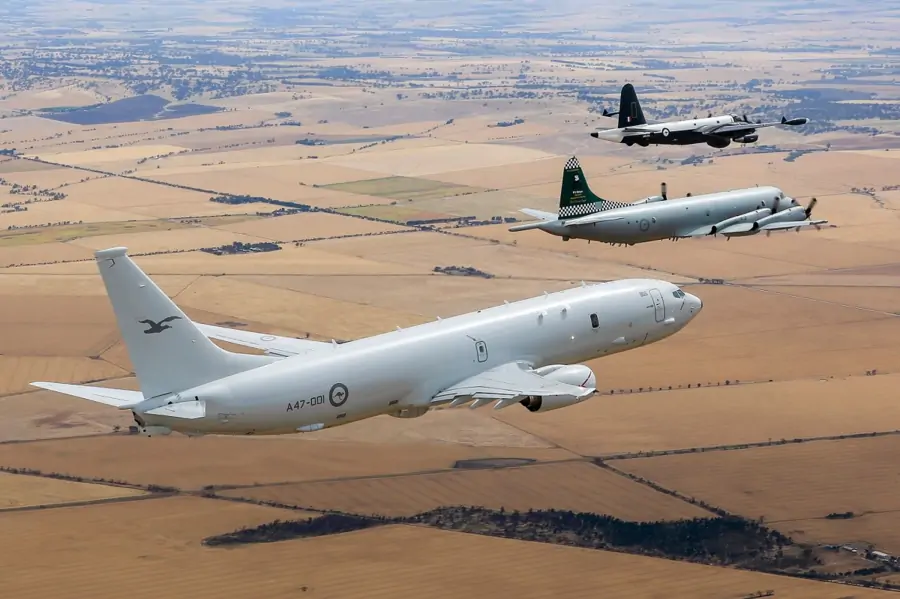
India’s largest private sector aircraft maintenance, repair and overhaul company Air Works is eyeing to capture MRO services opportunities for the fleet of Boeing-manufactured P-8A Poseidon maritime patrol and reconnaissance aircraft operated by the militaries of Australia and New Zealand.
The company is currently responsible for undertaking heavy maintenance checks and services for the Indian Navy’s Boeing P-8I maritime surveillance aircraft, a variant of the same platform and version operated by the Royal Australian Air Force and Royal New Zealand Air Force.
“We are exploring…Australian, and New Zealand fleets but early days because these contracts typically take a long time. We are working on that. As a country we have everything going right for us. We (Air Works) have been able to deliver the best turnaround time at the most efficient cost price. There is no reason we can't give a good fight,” said Anand Bhaskar, Managing Director and Chief Executive Officer at Air Works Group to ET Infra on the sidelines of Aero India 2023 in Bengaluru.
Air Works aims to seize MRO opportunities for the Boeing P-8A Poseidon fleet in Australia, New Zealand
The company, which has a prominent presence in undertaking MRO services for civilian aircraft, has over the years incorporated servicing of military aircraft in its portfolio wherein it provides avionics upgrades, heavy checks, and cabin modification. In the financial year 2021-22, the company’s annual revenue was about INR 350 crore.
“We are looking at other opportunities of newer editions of NATO (western) fleets, which have come into the country and also at Far East European (non-NATO) make as well. So we are trying to expand our capabilities into that and hopefully, you should hear more on this in future,” said Bhaskar.
ALSO READ - Indian Navy receives sixth P-8I from Air Works
The P-8A Poseidon and the P-8I version for the Indian Navy are manufactured by aerospace and defence major Boeing. The maritime surveillance platform is based on the civilian Boeing 737-800 airframe, sharing about 86% commonality. Air Works has had long experience with MRO services related to the Boeing 737 family of aircraft operated by Indian airlines.
ALSO READ – Indian Navy gets its 12th P-8I maritime patrol aircraft from Boeing
In February 2021, Boeing announced its strategic partnership with Air Works for the maintenance, repair and overhaul of the Indian Navy’s P-8I aircraft under its BIRDS, also known as the Boeing India Repair Development and Sustainment initiative. The BIRDS hub envisions a collaboration with key local companies and businesses to develop India into an aviation and defence repair and sustainment hub, Boeing had stated.
ALSO READ - Boeing expands MRO capability for Indian Navy’s P8I fleet
Mangesh Karyakarte, Chief Sales Officer, Airline & Defense MRO and Gaurav Sahni, Head, Marketing and Communications at Air Works outlined that efforts are being made to showcase and present Air Works as a partner for undertaking the MRO services for the respective Boeing P-8A aircraft of Australia and New Zealand.
Air Works has had long experience with MRO services related to the Boeing 737 family of aircraft operated by Indian airlines.
Currently, Boeing Defence Australia is providing local sustainment support for the P-8As for both Australia and New Zealand’s fleet for six years with a provision for an extension of another three years.
Finance Minister Nirmala Sitharaman had earlier called for making India an MRO hub not just for civil aircraft but also for defence aircraft and for the country to aim for a civil-defence convergence in the industry, a norm which is followed by other countries in the world.
As India starts playing a key maritime role in the Indo-Pacific region and its engagement with QUAD partners - US, Japan, Australia - broadens, Indian civil and defence MRO companies such as Air Works are placed suitably to service the common aircraft platforms among the countries with their quick turnaround and low-cost proposition.
ALSO READ - Air Works MRO is now acquired by Adani Defence & Aerospace
In October, Adani Defence & Aerospace signed a definitive agreement to acquire Air Works from its erstwhile promoters for an enterprise value of INR 400 crore.
ALSO READ - Air Works to get 462 cr offer from Adani Group
(With Inputs from ET Infra)
Read next
FitsAir, Sri Lanka’s first privately-owned international airline, and a part of Aberdeen Holdings, a diversified Sri Lankan business conglomerate, inaugurated its flight on the Colombo-Chennai sector on Monday, February 20. Chennai is also its first Indian destination.
Flight 8D 831/832, operated with an all-economy 180-seat Airbus A320, landed at the airport in Meenambakkam around 10.20 a.m., close to its scheduled time. It departed around 11.15 a.m. An airline spokesperson said it was a near-full flight.
Sri Lanka's FitsAir inaugurates flights on the Colombo-Chennai sector
The spokesperson said the tri-weekly flight — in the morning on Monday and Thursday, and on Friday, arrival at 7.30 p.m. — will be made a daily service in April.
https://twitter.com/aaichnairport/status/1627616024441782272
FitsAir’s extension to Chennai is part of the company’s ongoing expansion effort and demonstrates its commitment to providing customers with increased travel options and improved connectivity. The airline operates a modern fleet of 3 Airbus aircraft and employs a team of highly skilled and experienced professionals.
“We are pleased to announce the launch of our new service into Chennai, which will provide our customers a cost-effective and comfortable way to travel to this fast-growing city. We hope to strengthen our ties with India and catalyze the growing tourism between the two countries.”
Ammar Kassim, Executive Director, FitsAir
FitsAir is the fourth carrier to fly in the sector, the other airlines being Air India, IndiGo and Sri Lankan Airlines. Alliance Air, the Government of India’s feeder airline, operates in the Chennai-Jaffna sector.
Read next
Mega aircraft deals are large-scale agreements between airlines and aircraft manufacturers for the purchase or lease of a significant number of aircraft. These deals are usually worth billions of dollars and involve the acquisition of hundreds of planes.
The recent trend of mega aircraft deals is a result of the increasing demand for air travel worldwide, and airlines are expanding their fleets to meet this demand.
Also read - Indian carrier expected to order over 1,100 planes
Mega Aircraft Deals Boost Jobs.
Air India has placed an order for 470 passenger planes worth USD 80-100 billion from Airbus and Boeing. But Air India is not alone. Other Indian airlines such as IndiGo, Akasa Air, Vistara, and Go Air together have around 1,100 planes on order — which means the aviation market and allied sectors will have numerous job openings in the near future.
US President Joe Biden has said the Air India deal would provide “over a million American jobs across 44 states”. UK Prime Minister Rishi Sunak also tweeted: “With wings from Broughton and engines from Derby, this deal will support jobs around the country and help deliver one of our five priorities — growing the economy.”
Also read - Multiple Aircraft Types, Benefits Air India
The deal is not just expected to create jobs in the US and the UK but in India as well. According to agency reports, Air India will need more than 6,500 pilots to operate the 470 aircraft it is acquiring.
There would be vacancies for direct positions including pilots, cabin crew, and technical and non-technical staff. Indirect staff supporting the aircraft including airport staff, air traffic controllers, transport vendors, service providers, and others will also be needed.
Also read - Air India will require 6500+ pilots for the recently ordered 470 aircraft
The impact of these mega aircraft deals on job creation in the aviation industry cannot be overemphasized. As airlines expand their fleets, they require a corresponding increase in the number of pilots, cabin crew, and engineers.
After China and the US, India is the third-largest air passenger market in the world.
Pilots are responsible for flying the planes, cabin crew attend to passengers, while engineers are in charge of aircraft maintenance and repairs. These three job roles are crucial to the safe and efficient operation of an airline.
Furthermore, these mega aircraft deals have also led to increased competition among airlines. With more airlines competing for passengers, airfares have become more affordable, making air travel accessible to more people. This has opened up new markets and created more opportunities for the aviation industry to grow.
Also read - Air India and Vistara begin their integration process

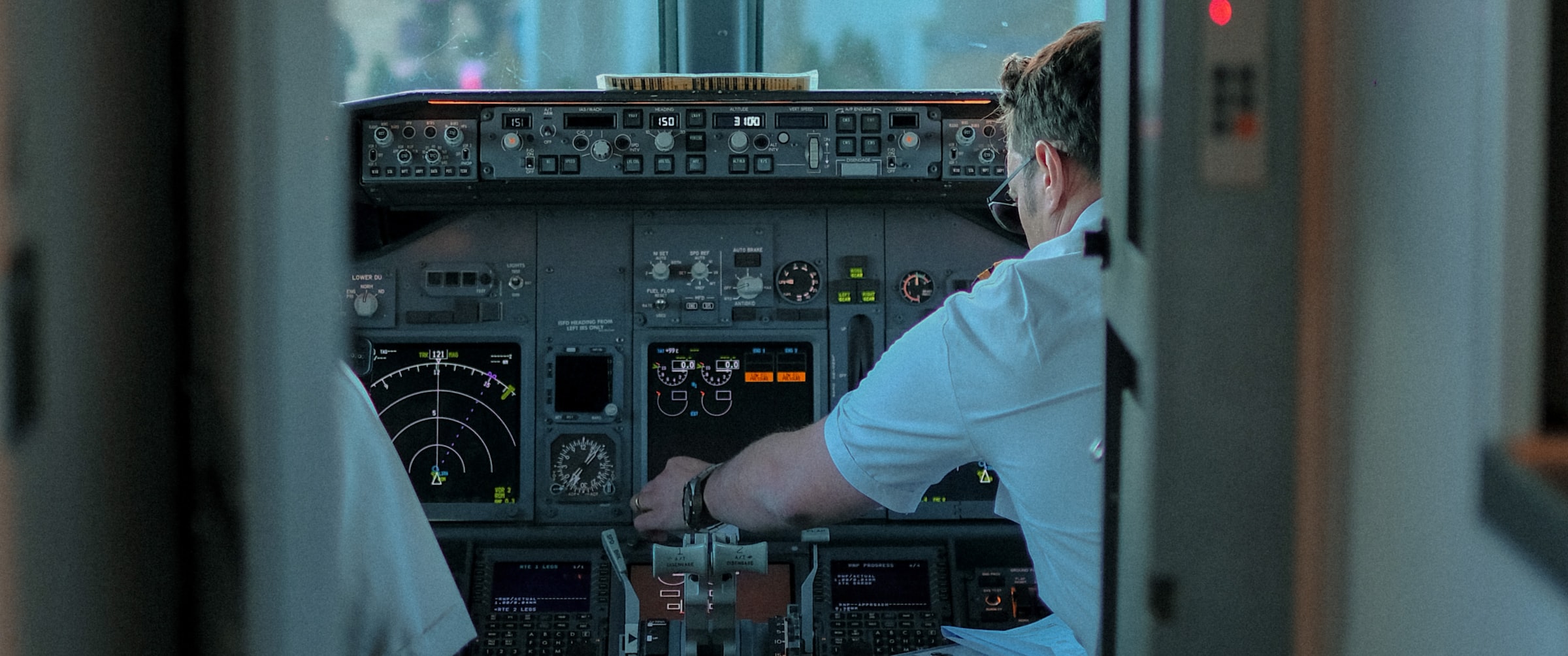



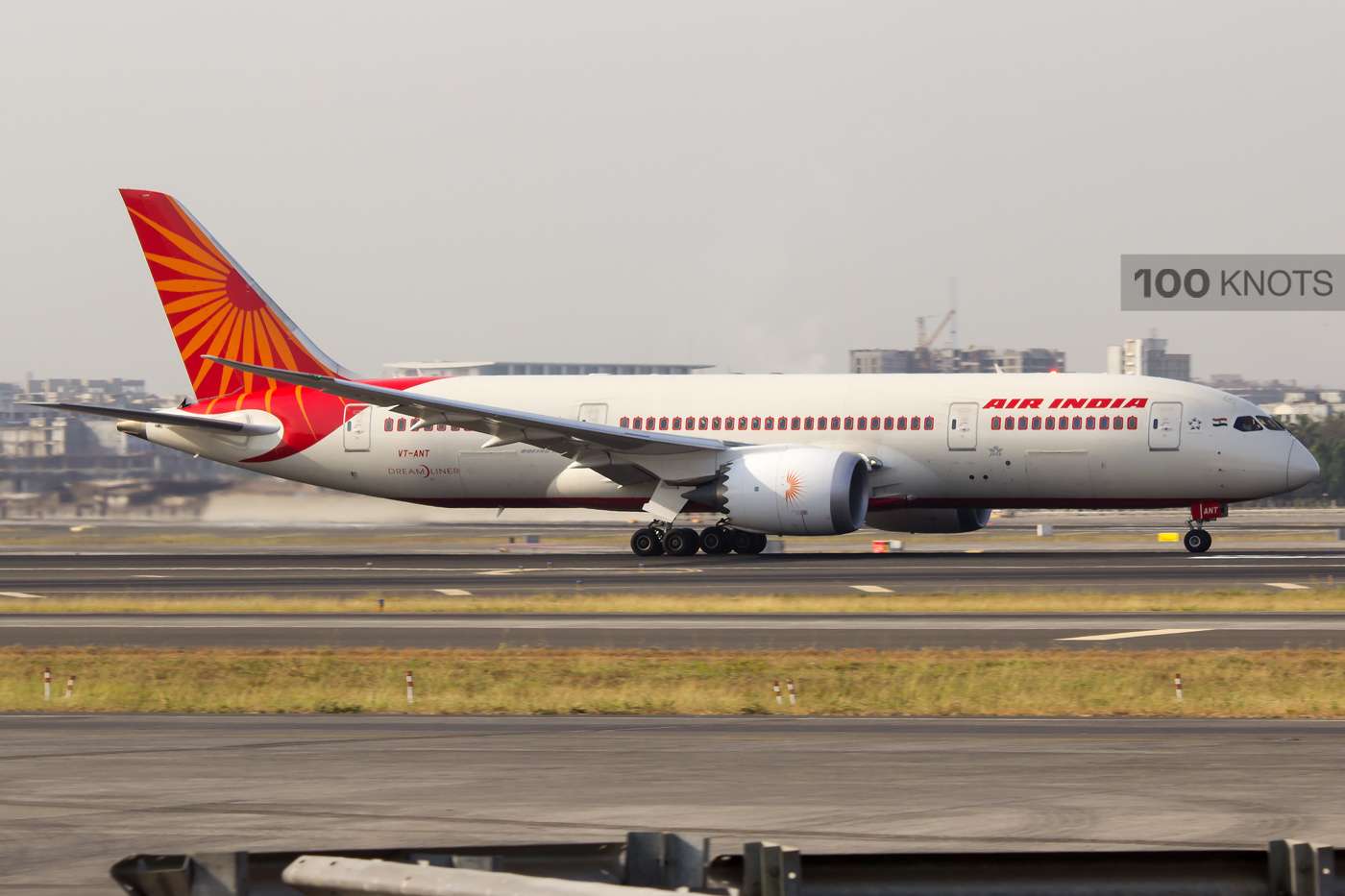
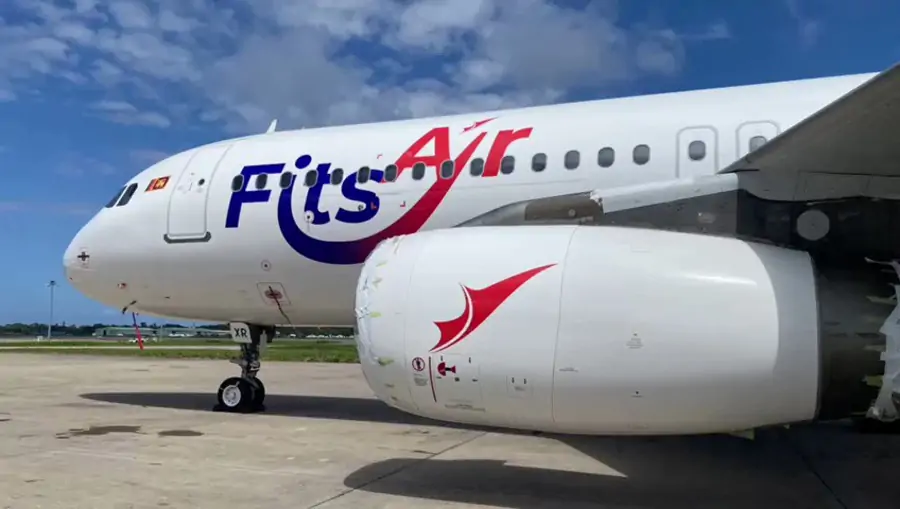
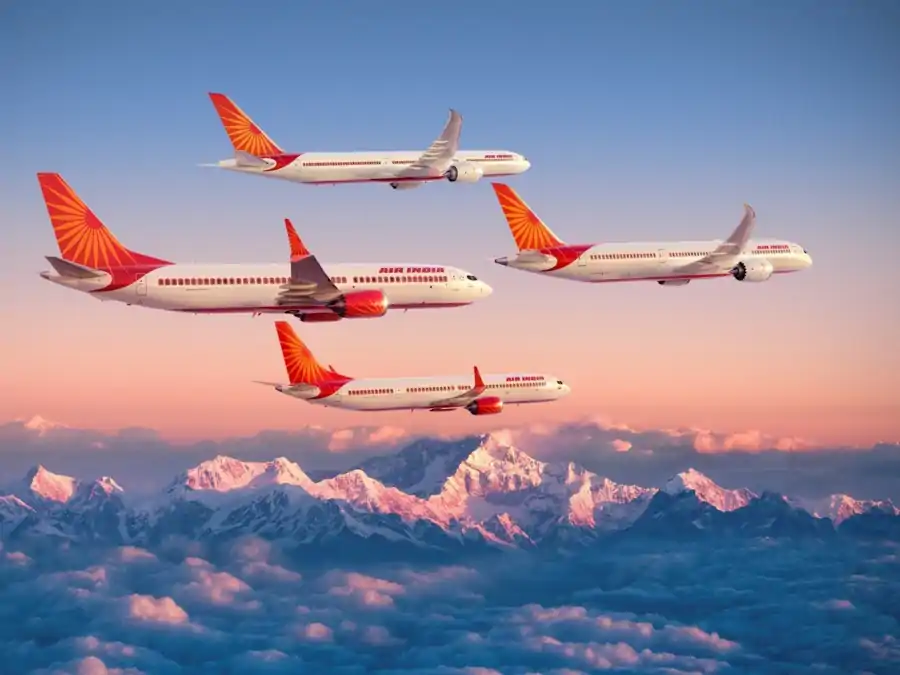
Comment